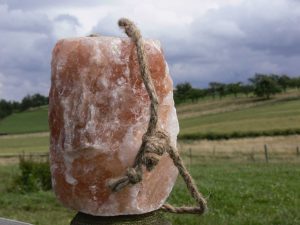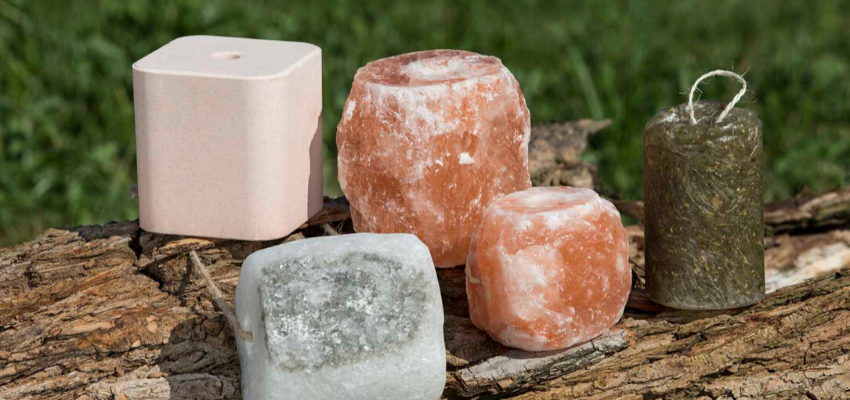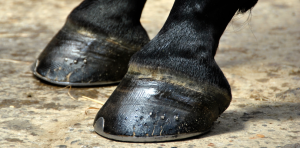For most of us, salt licks are an integral part of stall accessories and are generally very popular with our four-legged friends. But it raises the question, how much salt do our horses actually need, which salt licks are best, and what should you generally consider when feeding salt?
Table of Contents
- Why do horses need salt?
- When should you add salt?
- The issues with salt deficiency or consuming too much salt
- The classic: salt licks
- Mineral licks
- Types of licks for enjoyment
Why do horses need salt licks?
Since our horses cannot absorb enough salt and minerals from roughage and concentrated feed alone, we have to counteract a deficiency with appropriate supplementary feeding. Salt is a good supplement to mineral feed and can also provide horses with sodium and chloride, which are lost primarily through sweat.
When should you add salt licks?
The basic need for salt is often sufficiently covered by salt licks. Since roughage and concentrated feed contain little salt, you should always offer your horse a salt lick that it can help itself to whenever it wants. Sport horses that sweat a lot should, however, be given the salt directly over their feed to ensure that they are actually taking in the required amount of electrolytes.
The issues with salt deficiency or consuming too much salt
A lack or excess of salt can have a significant impact on horse health. If the horse consumes too little salt, it can lead to digestive problems, listlessness, and performance deficits. An excess of salt may be noticeable through diarrhea, fecal water, and increased water intake.
The classic: salt licks
There are different types of salt licks: In addition to the classic pressed white salt lick made of rock salt, salt licks made of natural crystal salt are particularly popular. Harder salt licks have the advantage that the horses do not bite down the salt but slowly lick it up. Which salt lick you choose is secondary, but there are a few things, in general, to keep in mind:
- Always hang salt licks out of the reach of foals, otherwise, they can get diarrhea.
- If your horse constantly licks the salt lick, it is better to remove it completely and add the required amount of salt directly to the feed.
- It’s best to hang your salt lick up so that it cannot get dirty – you can either attach it with a cord at a height that is easy for the horses to reach, or you can use a special salt lick holder.
Mineral licks
In addition to feeding mineral feed, you can also supply your horse with important minerals and trace elements via a mineral lick. However, to avoid an oversupply, you should clarify with your vet whether it makes sense to offer a mineral lick stone, based on what minerals your horse already gets through its feed.
In the winter months, it makes sense to hang up a mineral lick for horses that are grazing, since the nutrient supply via the grass is not as high as in spring or summer.

Type of licks for enjoyment
In order to offer your horse a bit of variety and to give him something to “nibble,” you can offer him nibbling stones. Nibbling stones or treat-based licks can consist of grain or fruit and vegetables, for example. Herbal licks are also very popular because they are quite sweet and the herbs make them taste particularly delicious.
You can find out more about horse nutrition, including the use of salt, in our podcast interview with Scott Cieslar of Mad Barn Equine.








